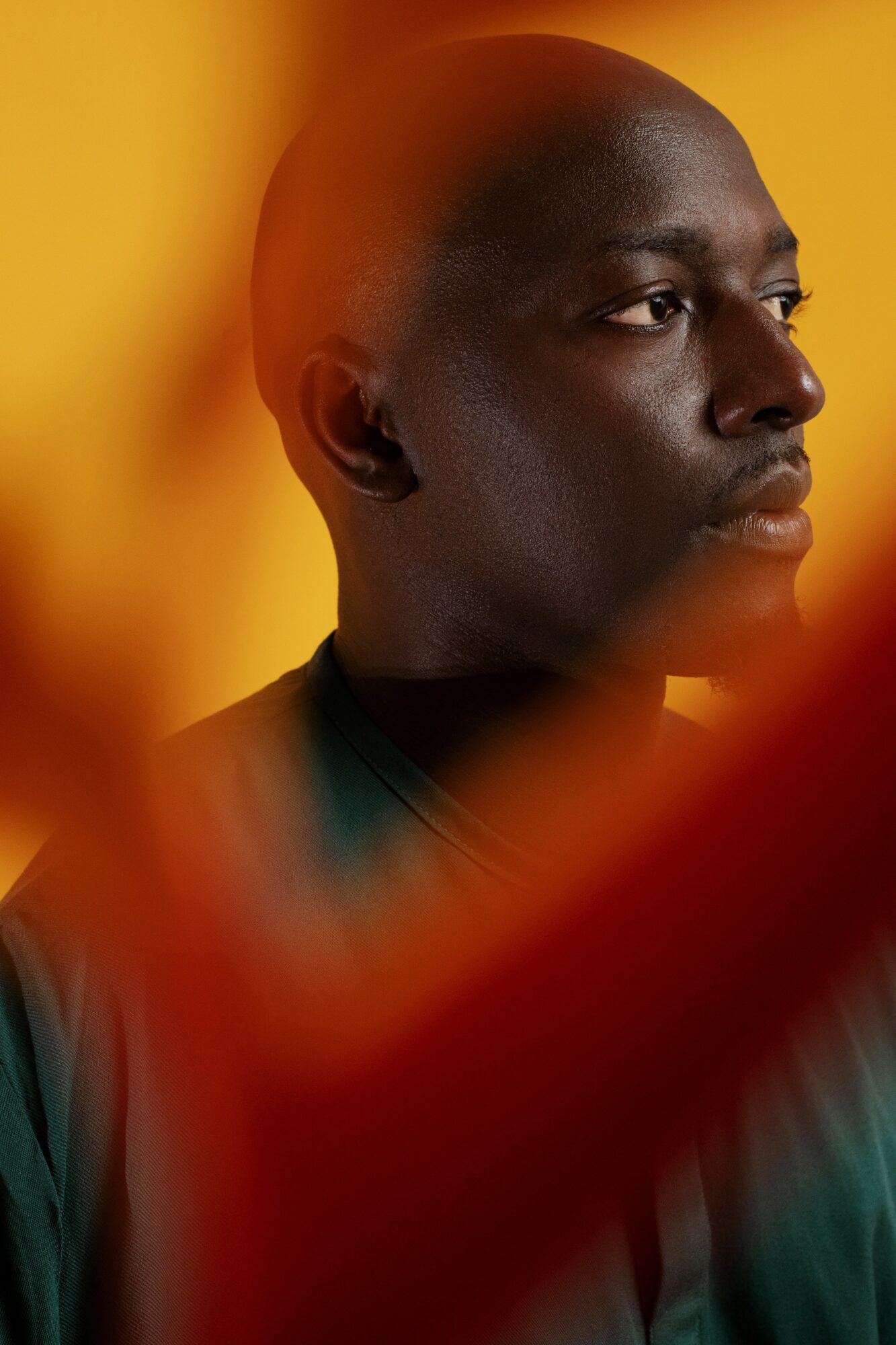

We recently had the chance to connect with Djibril DRAME and have shared our conversation below.
Hi Djibril, thank you for taking the time to reflect back on your journey with us. I think our readers are in for a real treat. There is so much we can all learn from each other and so thank you again for opening up with us. Let’s get into it: What is a normal day like for you right now?
A typical day for me begins at 5 a.m. with prayer, which allows me to start the day with focus and intention. I then dedicate time to physical exercise, an essential practice that strengthens both body and discipline. By mid-morning, I am in my office, where I work with full concentration until noon.
At midday, I pause for a short reading session, followed by lunch and a brief rest, creating space to recharge before returning to my activities. In the late afternoon, at around 5 p.m., I head to the basketball court. Playing basketball provides both balance and release, offering a space for rhythm, movement, and community outside of work.
This daily structure combines spirituality, productivity, learning, rest, and physical activity, allowing me to maintain clarity and resilience in both my creative and professional practice.
Can you briefly introduce yourself and share what makes you or your brand unique?
My name is Djibril Dramé, I am a Senegalese visual artist and co-founder of Sabali Inc ex DM Media, a creative company that develops projects at the intersection of art, culture, and community. At Sabali Inc, we specialize in producing and curating innovative artistic experiences — from photography and textile-based works to exhibitions, research projects, and cultural programs.
What makes our company unique is the way we merge creativity with social impact. Sabali Inc is not only about showcasing art but also about creating sustainable platforms that foster dialogue, preserve heritage, and connect diverse communities across Africa and the diaspora.
Okay, so here’s a deep one: Who saw you clearly before you could see yourself?
My mother saw me before i could see myself
Was there ever a time you almost gave up?
There were moments when I almost gave up. The weight of financial struggles, lack of recognition, and the feeling of working in isolation made me question if my path was sustainable. At times, the demands of life seemed stronger than the voice of creation.
But each time, something reminded me why I began. It could be a simple gesture: a message from someone moved by my work, a new opportunity that arrived just when I thought the door had closed, or the light in my daughter Jannah’s eyes when she creates alongside me. These moments became reminders that my practice is not only about me—it is about resilience, connection, and passing on joy.
I learned that giving up is not an option, because art has always been my way of breathing.
Alright, so if you are open to it, let’s explore some philosophical questions that touch on your values and worldview. What are the biggest lies your industry tells itself?
One of the biggest lies the art world tells itself is that visibility equals value. That success is measured by gallery representation, awards, or critical acclaim, rather than the work’s impact on people, communities, or culture. Another is that art can be separated from life—that it exists in a vacuum of aesthetics alone, divorced from politics, spirituality, or social responsibility.
There’s also the myth of the “lone genius,” which ignores the networks, collaborations, and collective histories that actually sustain creative work. In truth, art thrives on shared experiences, mentorship, and dialogue, yet the industry often prefers a narrative of solitary triumph.
Finally, the art world likes to believe it’s progressive and inclusive—but it repeatedly favors what is familiar, marketable, or easily digestible, sidelining voices and practices that challenge its conventions.
Okay, so before we go, let’s tackle one more area. What pain do you resist facing directly?
The pain I resist facing directly is the fragility of life—both my own and that of those I love. I see it in my daughter, in the communities I work with, in the stories of people displaced or overlooked. It’s the quiet, persistent ache of knowing that time moves forward whether we are ready or not.
I also struggle with the fear that some of my work might go unseen or misunderstood, that the effort, memory, and care I pour into it might vanish into indifference. Yet, in resisting it, I also find the fuel to create—to transform fear and grief into gestures of presence, beauty, and connection.
Contact Info:
- Website: https://www.djibrildrame.com
- Instagram: @gadaay
- Linkedin: https://www.linkedin.com/in/djibril-drame-8248215a/
- Twitter: https://x.com/GodeyeGadaay
- Facebook: https://www.facebook.com/Gadaay
- Youtube: https://www.youtube.com/@djibrildrame1096
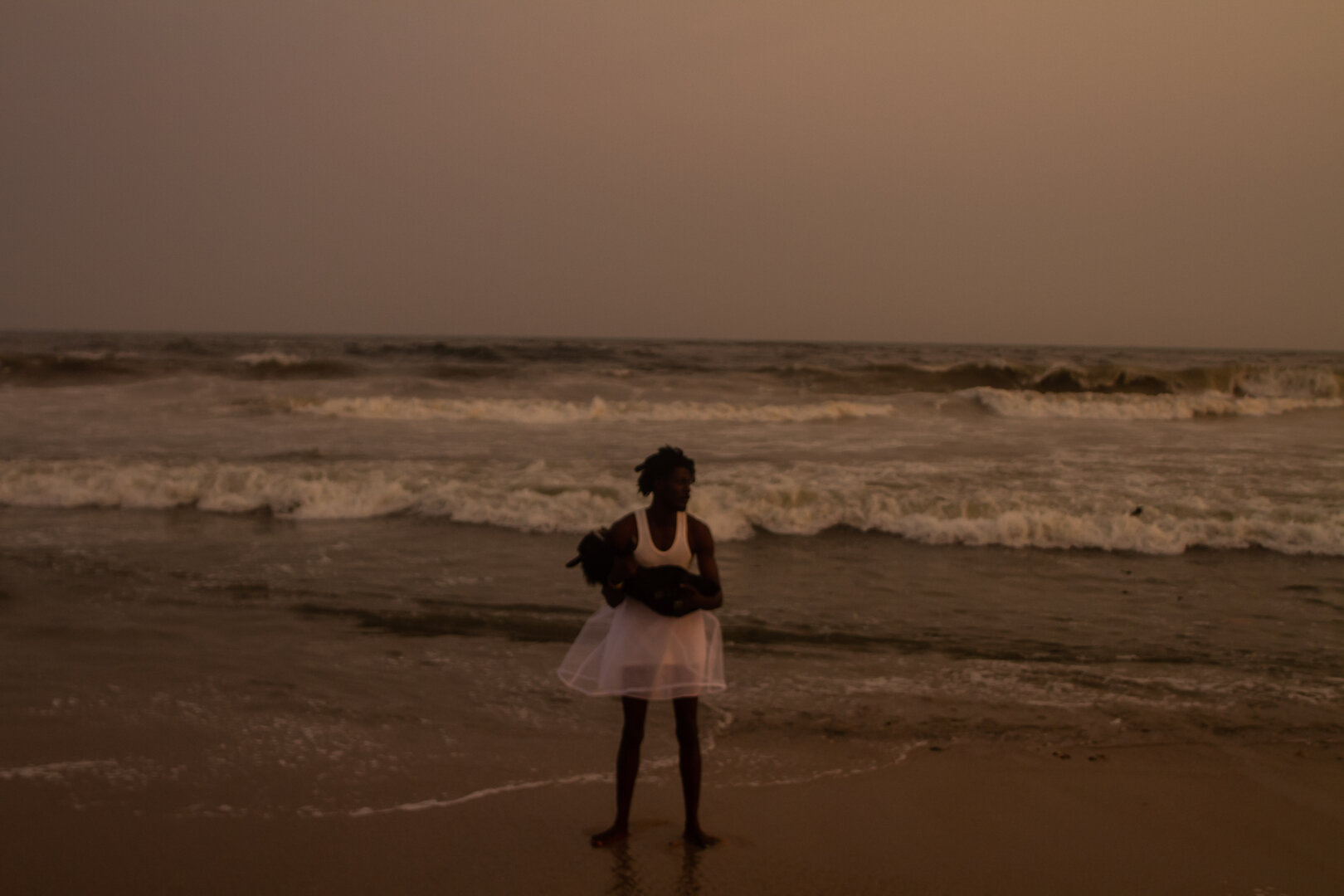
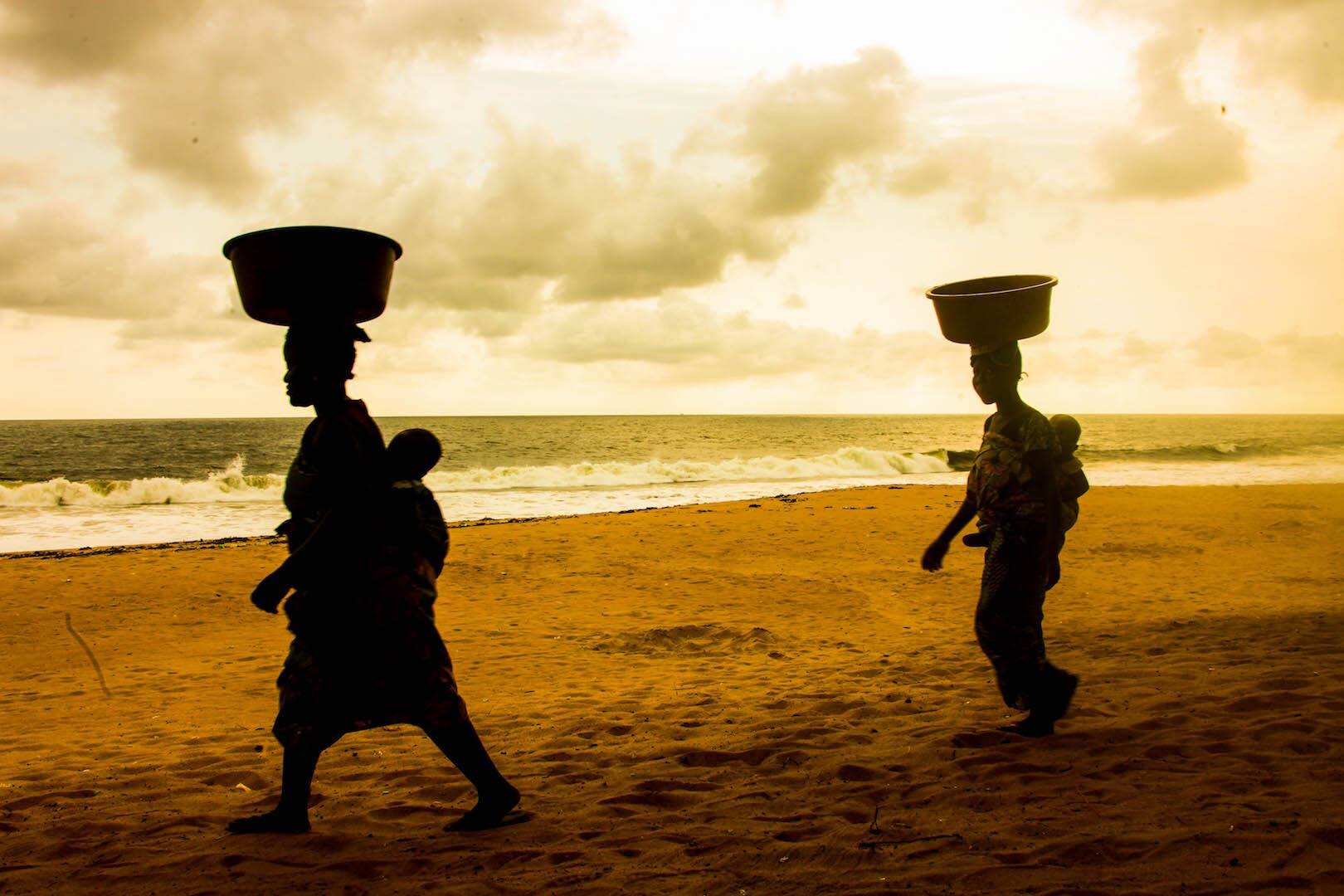
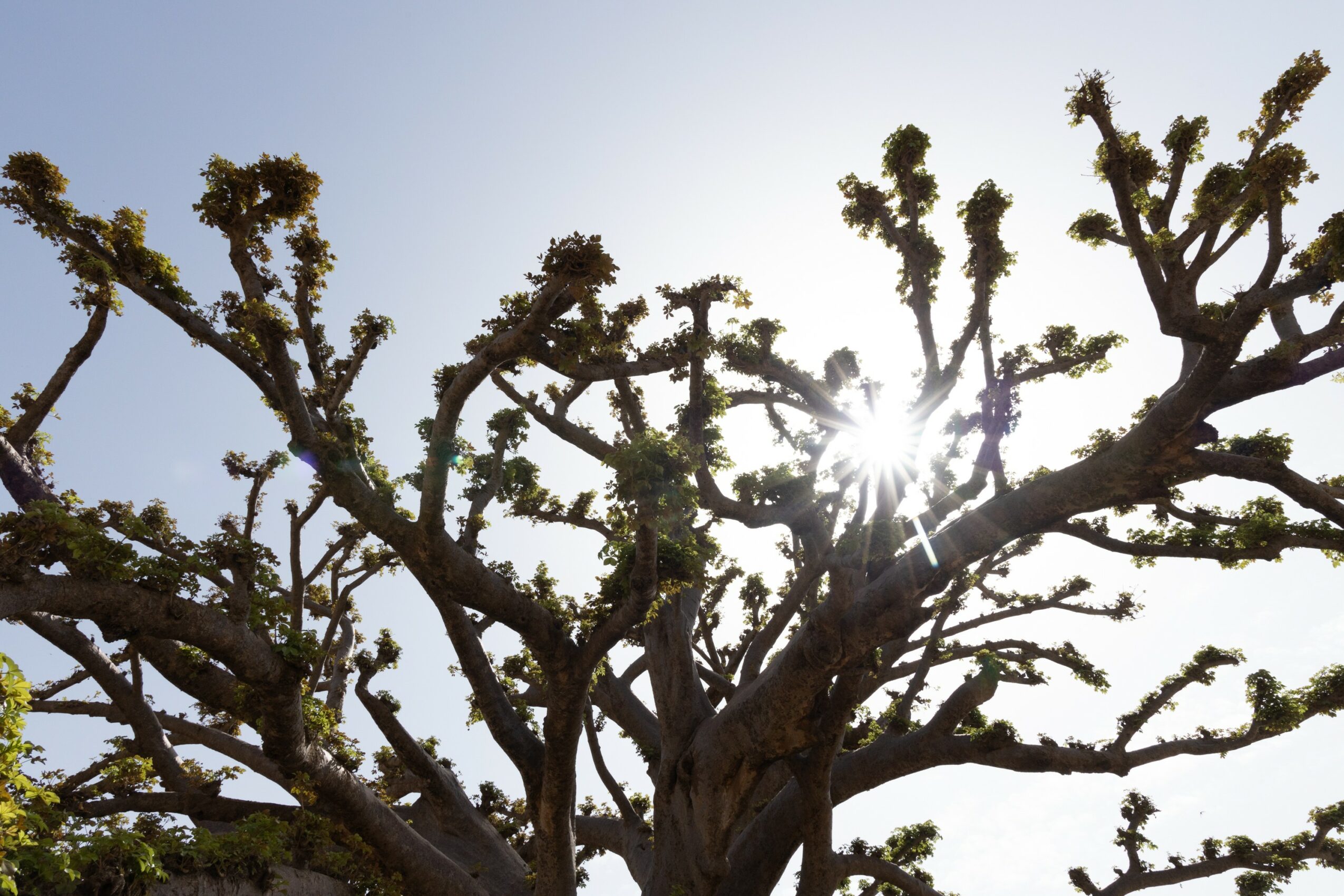
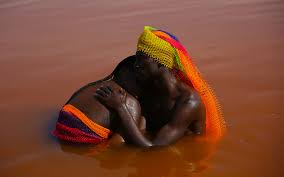
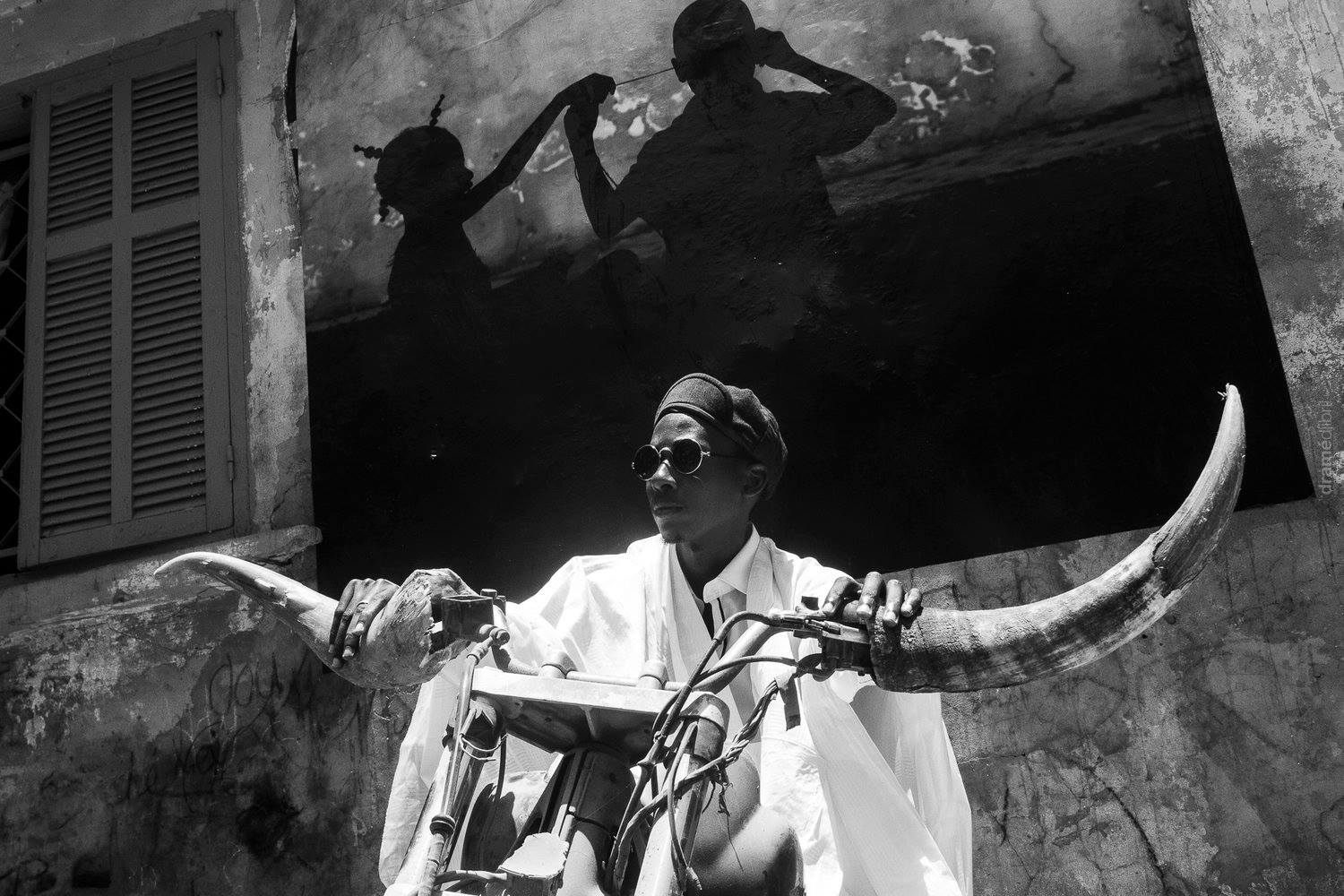
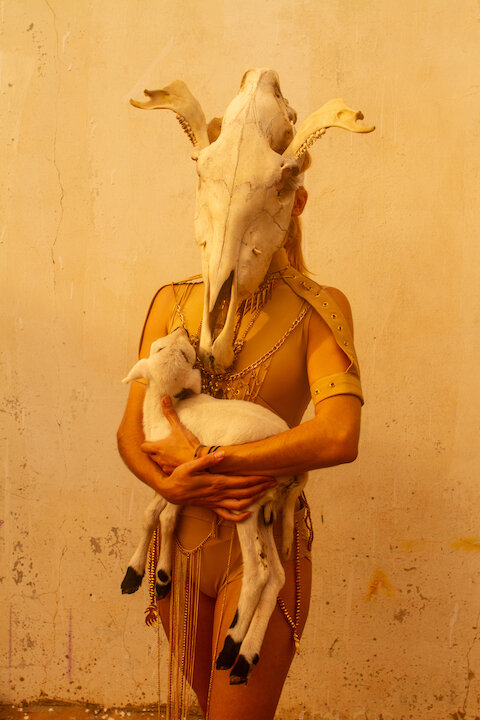
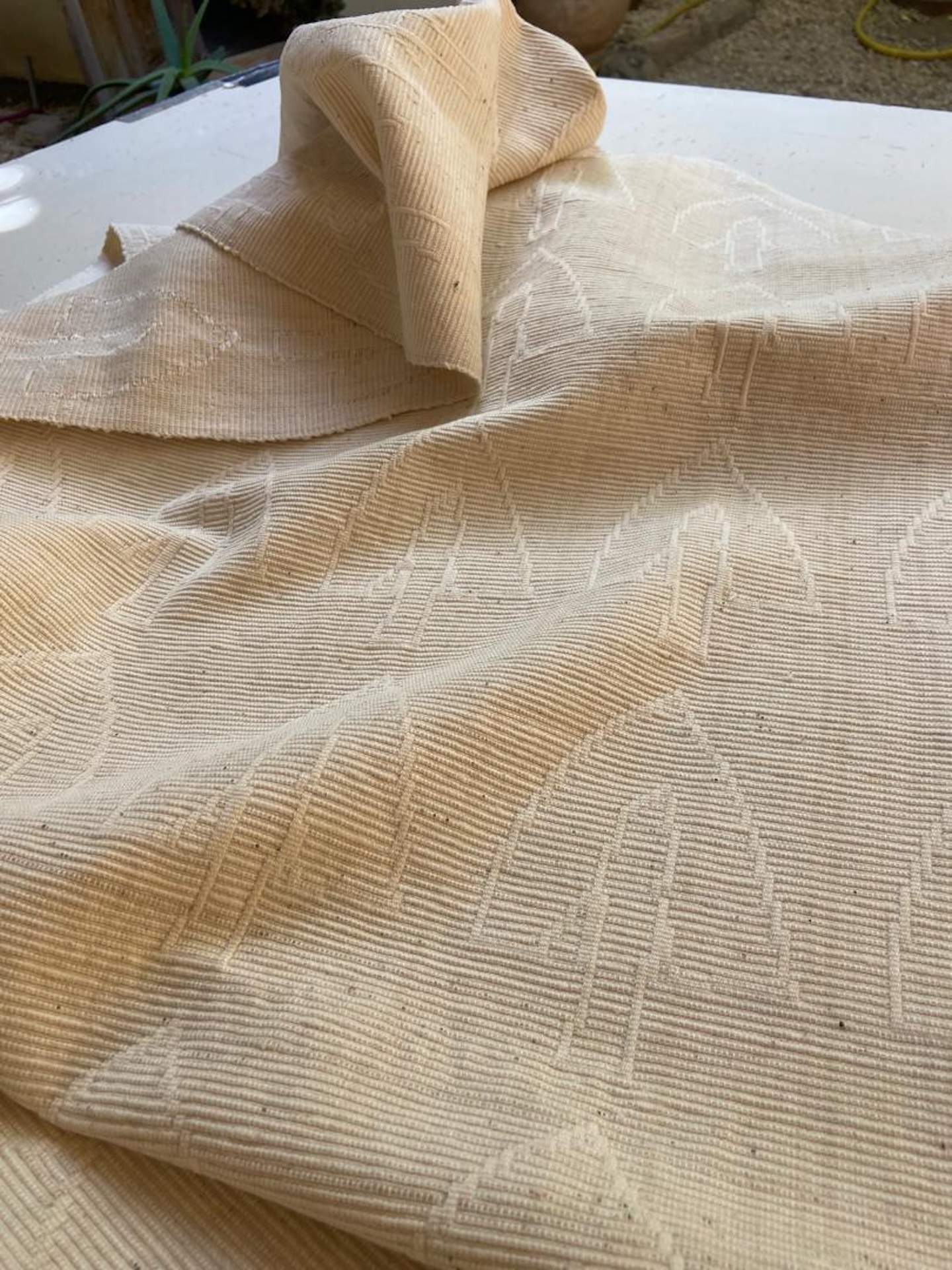
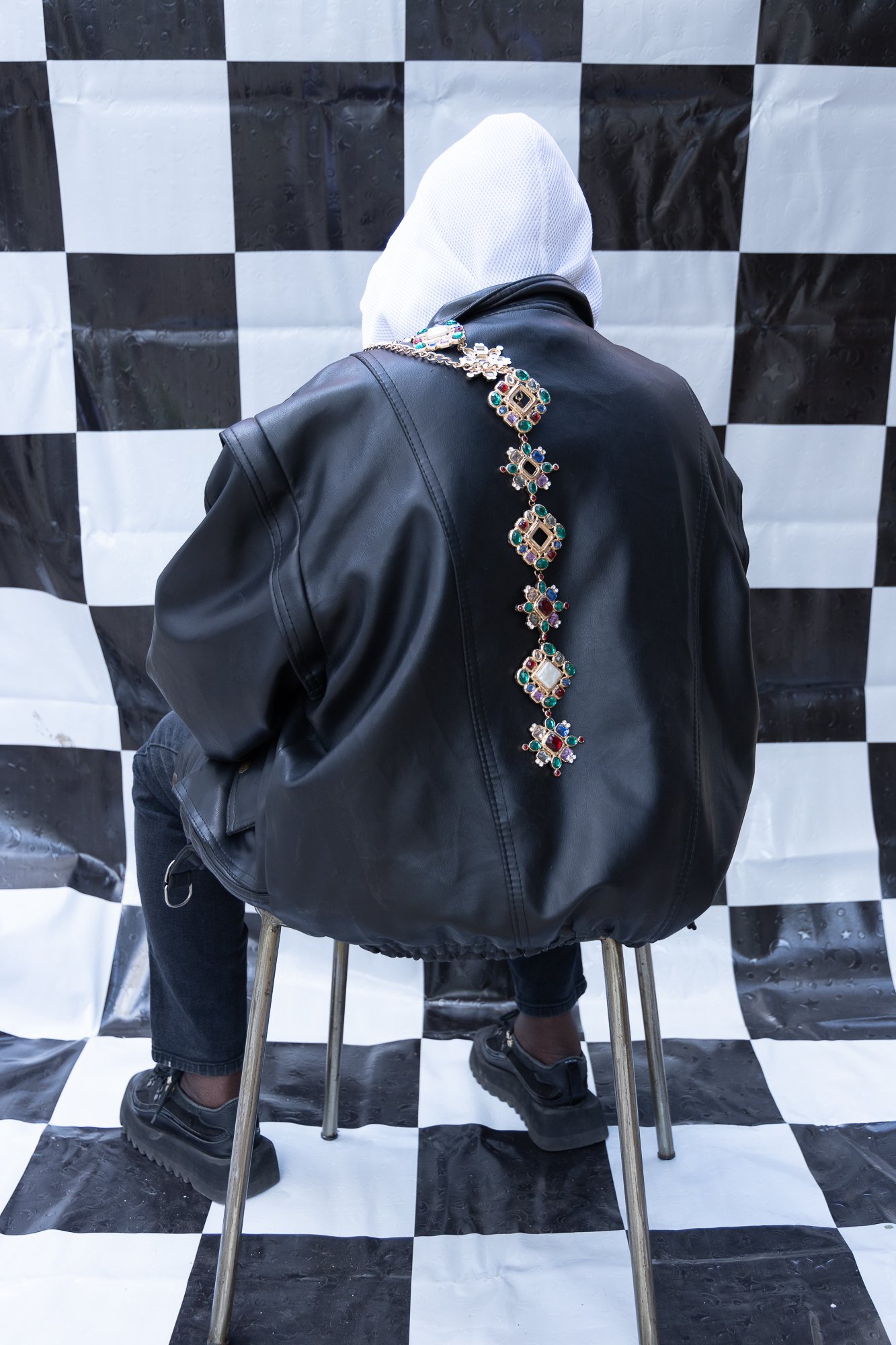
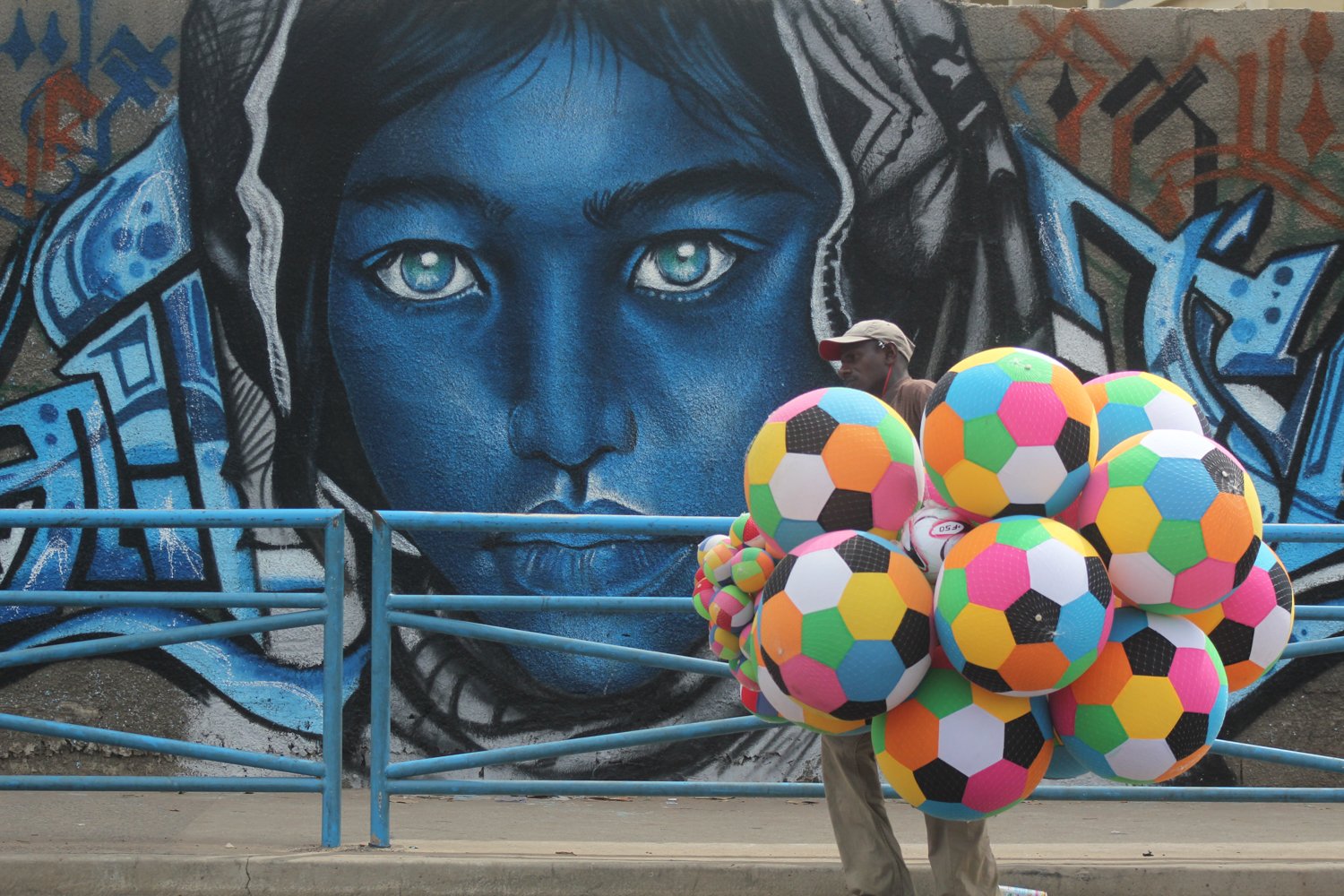
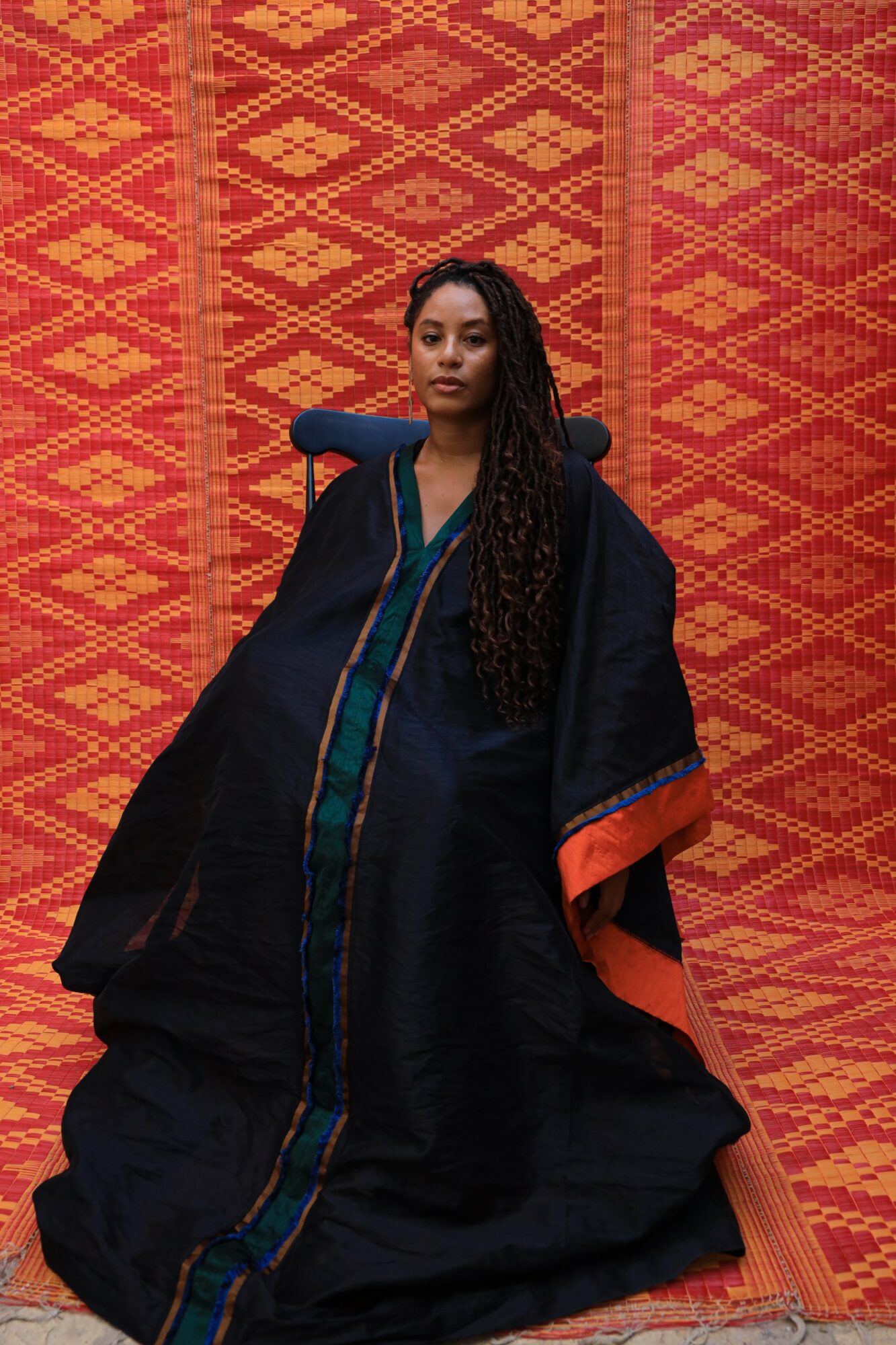
Image Credits
Djibril DRAME for the works
For Djibril’s portrait from Nuits Balneaires














